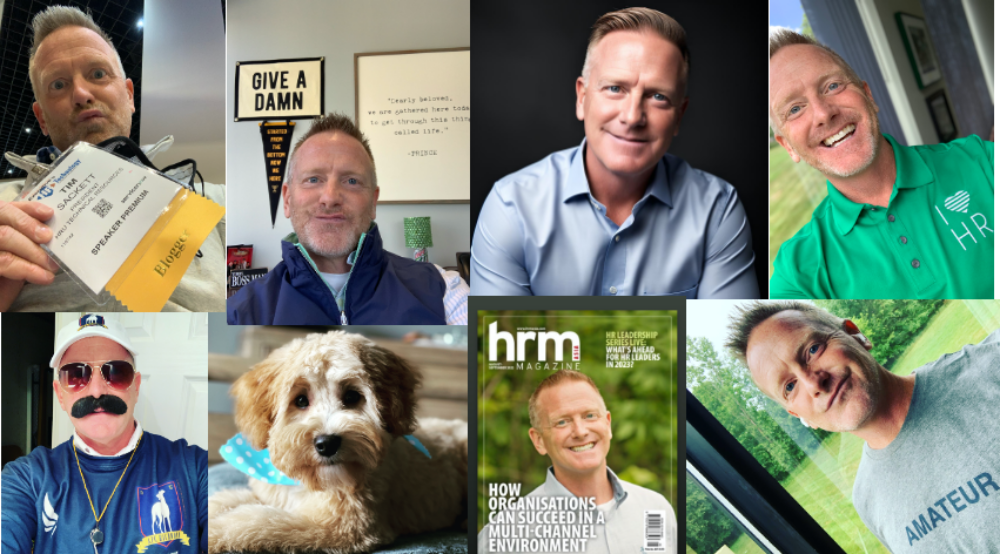This week I’m in New York City at the Greenhouse OPEN, the recruiting user conference put on by ATAP sponsor Greenhouse. This morning Greenhouse made a major product announcement of Greenhouse Inclusion.
Greenhouse Inclusion is an add-on product to the Greenhouse ATS that will help organizations in their attempt to attract and recruit a more inclusive workforce. From Greenhouse’s VP of Marketing, Maia Joshbachvivli:
“The problem is not that companies don’t mean well – many companies have good intentions but are facing challenges when trying to realize their visions. What we’ve seen is that companies often focus on a few targeted strategies, but struggle to incorporate inclusive behavior across the organization in a holistic and lasting way. Greenhouse Inclusion will create a level playing field for candidates of all backgrounds by giving employers the ability to operationalize and measure the behavior change needed to mitigate bias in all aspects of hiring.”
D&I hiring has been a major challenge for all organizations and Greenhouse set out to develop a technological solution that will directly impact inclusive hiring in a measurable way.
What I like about Greenhouse Inclusion:
– Greenhouse ATS clients can now dig into their recruiting funnel and see exactly where inclusive hiring is an issue within their organization. What Greenhouse found in beta was that many organizations will find this is not a top of funnel issue. Greenhouse Inclusion will show exactly within the funnel where inclusive hiring is failing.
– Greenhouse Inclusion is configurable to blind information on resumes that organizations decide might hinder inclusive hiring. These include the ability to blind name, school, company, etc., based on protocols each organization can determine for themselves.
– Greenhouse Inclusion also discovered that successful inclusive hiring starts with ensuring all individuals follow through with your hiring process, so GH Inclusion places well timed ‘nudges’ to individuals to come back and complete the application process, ensuring you get more of the individuals you desire to increase your inclusive hiring.
Greenhouse Inclusion is currently being marketed as an add-on solution to current Greenhouse ATS customers. I really liked the ability to use your own data to determine where in the recruiting funnel your inclusion hiring was falling down, allowing your organization to make adjustments in real-time to your process to get candidates through your process.
This isn’t a marketing ploy by Greenhouse. Greenhouse partnered with the D&I experts at Paradigm and experts at Stanford and the University of Indiana to ensure they were developing a product that was scientifically based on the best practices of D&I hiring. From an ATS perspective, it’s really impressive what they’ve put together.
The reality is, we all care about D&I hiring. Where we struggle is actually making it happen. Greenhouse has put forth a real product that will actually help organization reach their goals to become more inclusive, and do it in a way where HR and your executive team will feel confident it was done the right way.


